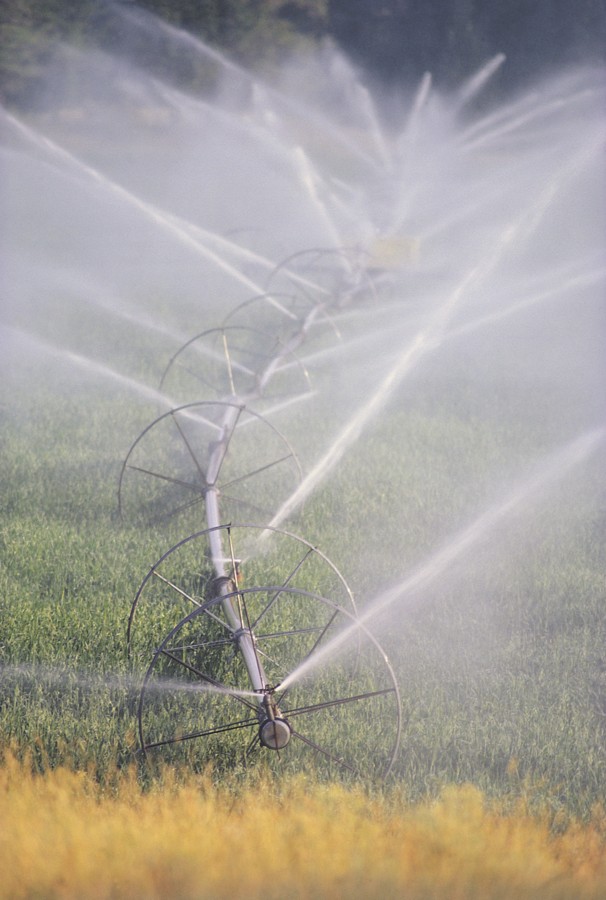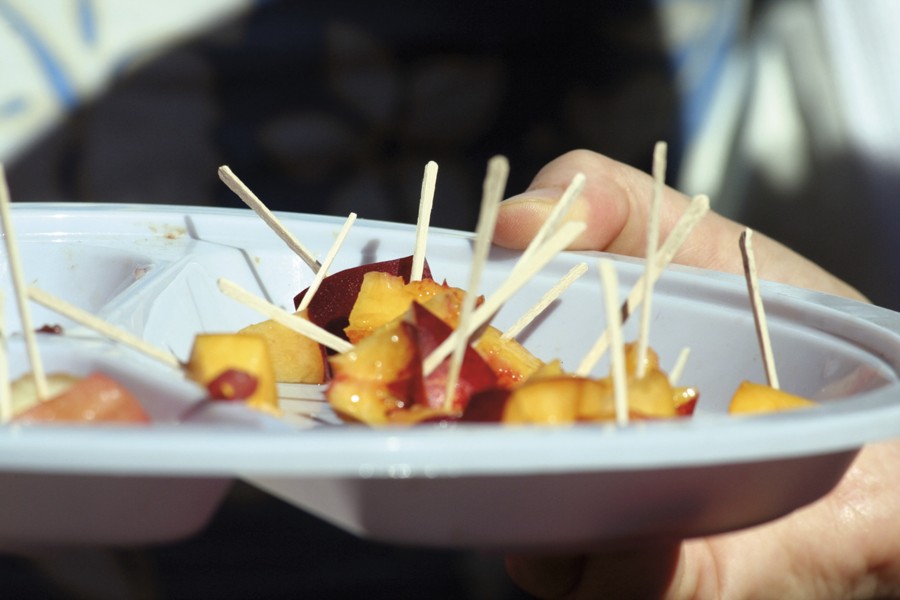Best Produce Safety Practices for Boutique Farms: A Self-Assessment Tool
Foodborne sicknesses related to fresh produce can be mitigated during production and in the post-harvest period using Good Agricultural Practices (GAPs) to decrease the risks of product contamination. Farms can use GAPs to keep organisms that cause human sickness, such as bacteria, viruses, parasites, away from produce. Unfortunately, controlling each source of microbial contamination on the farm is impossible, but numerous things can be done to decrease the dangers.
Contamination can happen at any point within the flow of food from the farm to the dinner table. Our focus here is the pathway from your farm to community farmers’ markets. Looking into the current GAPs and applying them to your farm can reduce the risks of foodborne sickness to your customers.
Here are a few preliminary questions for producers to address as they develop their farm’s produce safety plan:
Worker Hygiene
Production Practices

Best Practices: Irrigation water is from a municipal, treated water source or a groundwater well. The well must be in excellent condition, appropriately constructed, and well-capped. The well must be tested annually to make sure it meets FDA requirements.
Post-Harvest Handling
Animal Management
Marketing

Best practices: All utensils used for cutting samples, including the knives and cutting surface, are sanitized before use. Everyone preparing or serving samples is trained to wash their hands properly and to use clean, sanitized utensils. Clean disposable gloves are worn, so no bare hands contact samples.


